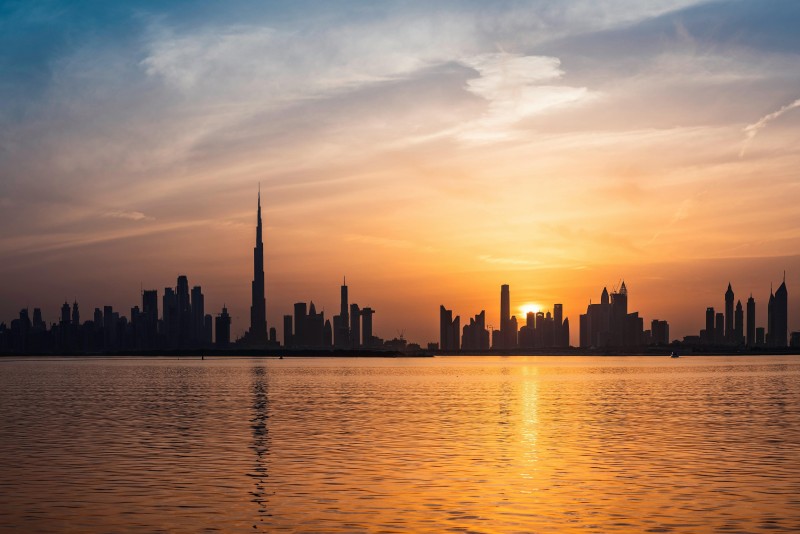
Dubai, a city of opulence and innovation, nestled within the Arabian Desert, boasts a climate as unique and dynamic as the city itself. Situated on the southeastern coast of the Persian Gulf, Dubai experiences a desert climate characterized by scorching summers, mild winters, and minimal rainfall. Let's embark on a journey through the mesmerizing weather of Dubai, exploring its seasonal variations and the impact they have on the city's vibrant lifestyle.
Summer: The Season of Intense Heat
Dubai's summers are infamous for their relentless heat, with temperatures soaring well above 40°C (104°F) on a regular basis. The months from June to September constitute the summer season, where the city experiences long, sweltering days under the blazing sun. Humidity levels often rise during this time, making the heat feel even more oppressive.
Residents and tourists alike seek refuge indoors or in air-conditioned spaces during the peak hours of the day. However, despite the scorching temperatures, Dubai's tourism industry remains bustling, with visitors flocking to indoor attractions such as shopping malls, water parks, and indoor entertainment venues.
Winter: A Respite from the Heat
Winter in Dubai brings a welcome respite from the searing heat of summer. Running from December to February, the winter season offers mild and pleasant weather, with daytime temperatures averaging around 20-25°C (68-77°F). Evenings can get cooler, with temperatures dropping to around 15°C (59°F), creating the perfect ambiance for outdoor activities and al fresco dining.
Winter is considered the peak tourist season in Dubai, as visitors from around the world escape colder climates to bask in the city's mild weather and myriad attractions. From exploring the bustling souks and heritage sites to enjoying outdoor adventures like desert safaris and dhow cruises, winter in Dubai offers something for everyone.
Transitional Seasons: Spring and Autumn
Spring and autumn serve as transitional periods between the extremes of summer and winter. During these seasons, Dubai experiences gradually changing temperatures as it transitions from hot to mild and vice versa. Spring, which spans from March to May, sees rising temperatures and occasional dust storms, while autumn, from October to November, brings cooling temperatures and clear skies.
These transitional seasons are ideal for outdoor activities such as beach outings, desert camping, and exploring Dubai's natural landscapes. Additionally, springtime marks the blooming of desert flowers, adding a touch of color to the arid landscape and providing opportunities for nature enthusiasts to witness the beauty of the desert ecosystem.
Rainfall: Sparse but Significant
Rainfall is a rare occurrence in Dubai, with the city receiving minimal precipitation throughout the year. The majority of rainfall occurs during the winter months, primarily in the form of short, sporadic showers or occasional thunderstorms. While rainfall amounts are generally low, these showers provide relief from the dry desert conditions and contribute to the city's lush green spaces and landscaped gardens.
Conclusion: Embracing the Diversity of Dubai's Weather
Dubai's weather is as diverse and dynamic as the city itself, offering a blend of extremes and subtleties that shape the rhythm of life in this cosmopolitan metropolis. From the scorching summers to the mild winters and everything in between, Dubai's climate adds another layer of intrigue to its allure, beckoning visitors to explore its rich tapestry of experiences year-round. Whether seeking adventure in the desert, indulging in luxury shopping, or simply soaking in the sun on pristine beaches, Dubai's weather sets the stage for unforgettable moments in this vibrant oasis of the Middle East.



